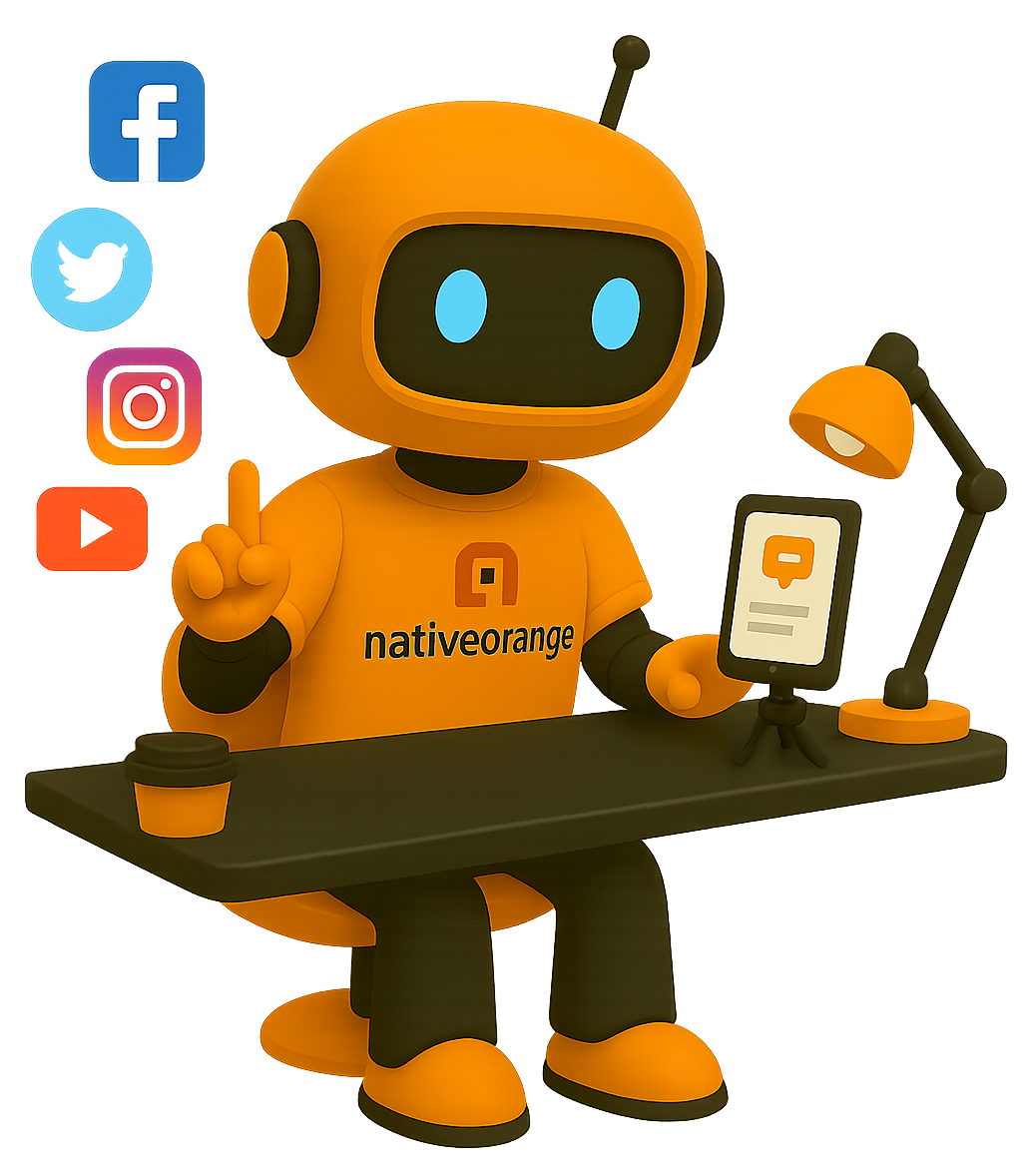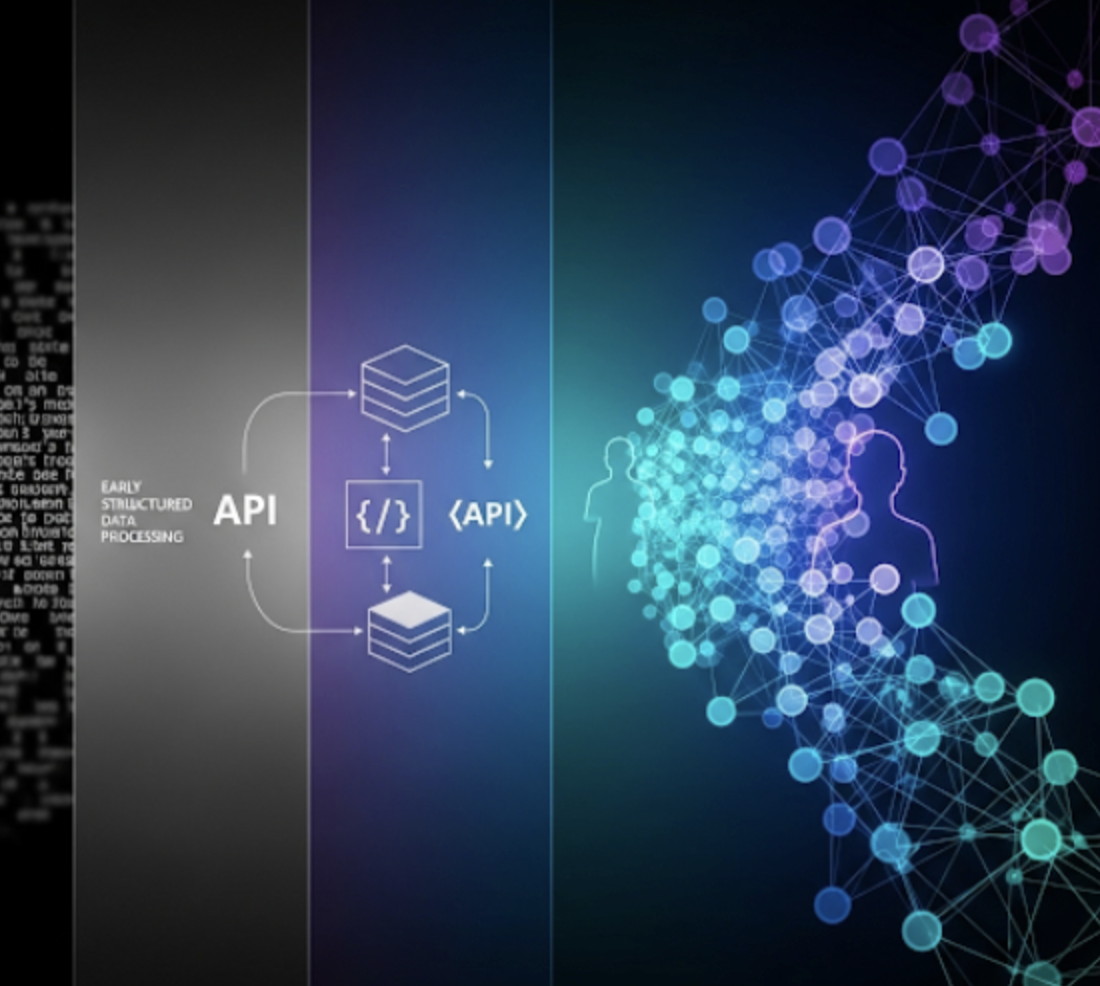In the world of technology, progress is relentless. For those of us in commercial insurance, it can be tempting to dismiss the latest buzzwords as fleeting hype. Yet, what’s happening in Artificial Intelligence is not a single breakthrough, but a rapid, tangible technological ascent. Each step in this evolution unlocks powerful new capabilities, moving us from basic automation toward true intelligence augmentation.
As a CTO who started his career on the underwriting floor, I see this not as a threat, but as the forging of a powerful new toolkit. Let's walk through the journey.
It began with the emergence of Large Language Models (LLMs). Suddenly, we had AI that could understand and generate human language. Its initial value was clear: summarizing lengthy submission documents or finding key clauses in policies. But it was raw and untethered, prone to the 'hallucinations' that made it unreliable for mission-critical work.
The next significant leap was Retrieval-Augmented Generation (RAG). By connecting LLMs to vast, curated knowledge bases—internal policy documents, actuarial tables, risk reports, even external data sources—we grounded their responses in verifiable facts. Suddenly, AI could not only understand complex insurance concepts but could also answer questions accurately and cite its sources. This was a game-changer for tasks like risk assessment and compliance checks.
Then came the ability to integrate 'Functions.' This allowed AI models to interact with external systems and APIs. Imagine an underwriting platform where the AI can not only analyze a submission but also directly query third-party data providers for credit scores, property valuations, or catastrophe risk models – all within seconds. This seamless data integration significantly streamlined workflows and enriched the underwriter’s insights.
Advances like MCP (Model Context Protocol) , various Agentic Frameworks like LangGraph, Crew.ai , ADK (Agent Development Kit) provided the necessary infrastructure to build, deploy, and manage these increasingly sophisticated AI models at scale within insurance organizations. They offered the tools to orchestrate various AI components, ensuring they worked together effectively and securely within existing IT ecosystems.
And now, we stand at the precipice of Agent-to-Agent (A2A) communication. This marks a fundamental shift towards truly autonomous AI systems. Instead of individual AI components performing isolated tasks, we are building intelligent agents that can collaborate with each other, orchestrating complex workflows from end to end.
Consider an AI-driven underwriting system powered by A2A. An agent specializing in submission intake can automatically extract and structure data. It can then hand off to a risk assessment agent, which leverages RAG to analyze the information against internal guidelines and external data. This agent might then consult with a pricing agent, which uses sophisticated models and market data (accessed via Functions) to generate a preliminary quote. Throughout this entire process, these agents communicate, negotiate, and refine their outputs – all autonomously, with human underwriters stepping in for oversight and complex decisions.
For the CTOs of commercial insurance companies, the implications are profound. This evolution translates to faster turnaround times, reduced operational costs, more consistent risk assessment, and the ability to handle a greater volume of business without proportionally increasing headcount. Furthermore, it frees up your underwriting talent to focus on the high-value, complex risks that truly require their expertise and judgment.
For my fellow underwriters, I understand that the idea of autonomous AI might sound daunting. But remember the progression we’ve just outlined. Each step has been about empowering you with better tools and more comprehensive information. A2A is not about replacing the underwriter; it's about creating a powerful, intelligent support system that allows you to operate with unprecedented efficiency and insight.
At Nativeorange, we are not just observing this technological evolution – we are actively building its future. We believe that Agent-to-Agent communication, built on the foundation of robust LLMs, grounded RAG, seamless Function integration, and scalable frameworks, will be the cornerstone of the next generation of underwriting systems. It’s a future where technology and human expertise work in concert to unlock new levels of efficiency, accuracy, and profitability in commercial insurance.

